 Book: Infernal Devices (Book Three of the Hungry City Chronicles)
Book: Infernal Devices (Book Three of the Hungry City Chronicles)
Author: Philip Reeve
Audience: Teen
In a Nutshell: cities in the far future move around and eat each otherFirst of all, if you haven't read the first book in this series, called
Mortal Engines, go do it. I'll help you get started. Here's the opening sentence: "It was a dark, blustery afternoon in spring, and the city of London was chasing a small mining town across the dried-out bed of the old North Sea." Intriguing, eh? In this part sci-fi, part adventure series, it is at least 500 years into the future. Earth experienced something called the 60-Second War, which devastated civilization and the landscape of Earth as we know it. Cities were rebuilt on the principal of "Municipal Darwinism," in which the strong Traction Cities survive by attacking weaker cities, absorbing their raw materials, wealth, and people as their own. I don't mean armies of people go forth and attack each other; I mean the actual cities do. Picture a tiered wedding cake, but with less frosting and more guns, then put it on tracks like a tank. Our heroes are Tom Natsworthy, an idealistic young man from London, and Hester Shaw, a young woman with a nasty scar marring most of her face and an ice-cold vendetta against the man who gave it to her. When they are literally thrown out of London onto the barren Hunting Ground below, they are forced to travel and survive together, and Tom discovers that the heroes of London are not all they're cracked up to be.
An all-out war is brewing between the Traction Cities and the few Static Cities that survive on the ground, and that conflict brings us through to Book Three,
Infernal Devices (There's a Book Two in there,
Predator's Gold, and it's really good too, but I'll just let you find out for yourself).
WARNING: If you want to read
Mortal Engines without any spoilers, stop now. I'm talking about two books later, and there's just no way to avoid giving a few things away.
It's been fifteen years since the events of
Predator's Gold. Tom and Hester Natsworthy and their teenage daughter, Wren, live a quiet life in Anchorage-in-Vineland, a former Traction City now in long-term parking in a forgotten corner of the Dead Continent (formerly known as America). Wren is kidnapped by a well-organized group of juvenile delinquents called the Lost Boys after their botched attempt to steal something known as the Tin Book from Anchorage's library. The book (which is actually made of tin) has something to do with Old Tech submarines or weapons, and lots of people are interested in it- including Nimrod Pennyroyal, a wanna-be-explorer and now mayor of the ocean-going pleasure city of Brighton. Stalker Fang wants it too. She was once known as Anna Fang, the aviatrix and hero of the Anti-Tractionist League. After her death she was resurrected as a robotic Stalker with a human brain, though few memories remain of her former life as a human. She leads the militant Green Storm, which has been waging brutal warfare on Traction Cities for 10 years. Tom and Hester travel to the Lost Boys' underwater base of Grimsby looking for Wren, only to discover that something has gone horribly wrong there. They continue on to Brighton, where Wren has been sold as a slave. Meanwhile, surgeon-mechanic Oenone Zero resurrects the Stalker Grike (last seen in Book One) and makes him bodyguard to Stalker Fang for reasons of her own.
Be warned, this one ends with a big fat cliffhanger. the fourth and final book, called
A Darkling Plain, has been released only in the UK right now. Overall, I would put
Hungry City Chronicles with Philip Pullman's
His Dark Materials on a short list of series with the most engrossing world-building, best page-turning adventure, and characters that stay with you. (I have my share of reservations about Pullman, but I won't get into that right now, and none of my issues involve questioning his great talent.)
HCC is a really fantastic series with both action and great characters enough to really sink your teeth into and chew on for a while. It's one of the only series I not only buy for myself, but buy without reading first. Now that I think about it, maybe I should do a little dealing with Amazon.uk for that last book...
 Book: The Rules of Survival
Book: The Rules of Survival
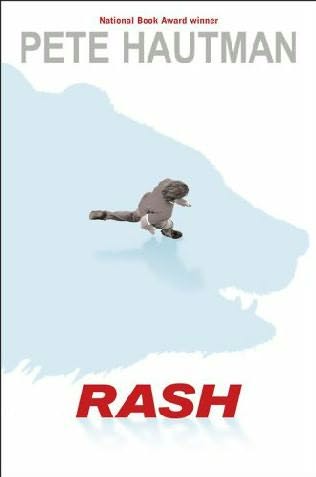
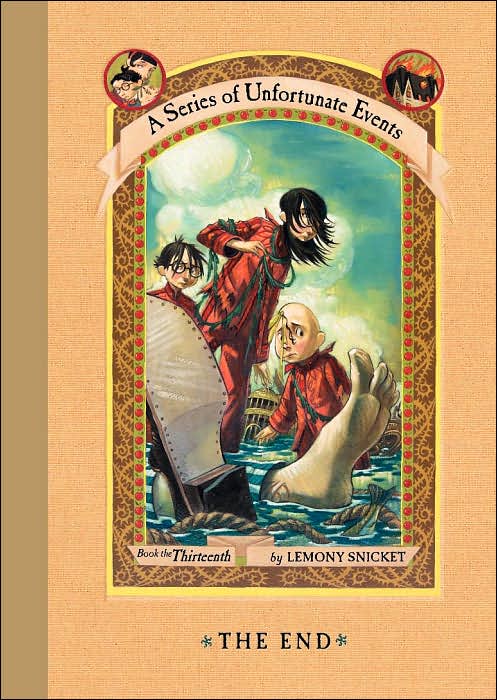





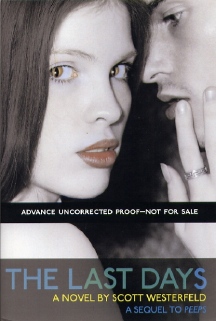
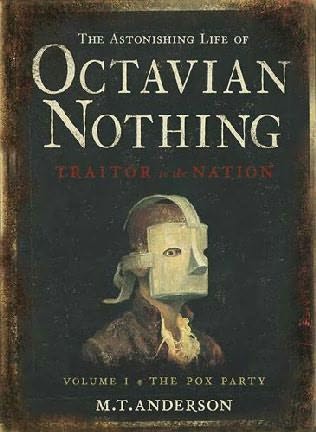



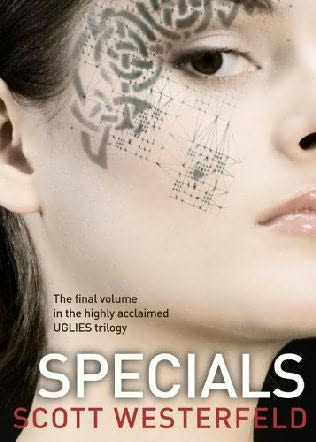
























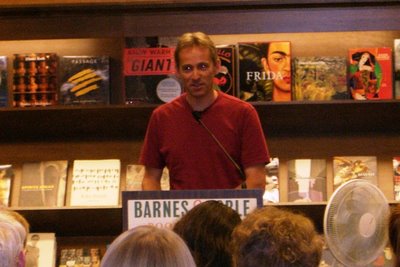

 I even got an awesome Ginja Assassin postcard w/ signing.
I even got an awesome Ginja Assassin postcard w/ signing.






